Indian spices that provide flavor, color, and aroma to food also possess many therapeutic properties. Ancient Indian texts of Ayurveda, an Indian system of medicine, detailed the medicinal properties of these plants and their therapeutic usage. Recent scientific research has established the presence of many active compounds in these spices that are known to possess specific pharmacological properties. The therapeutic efficacy of these individual spices for specific pharmacological actions has also been established by experimental and clinical studies. The medicinal effects traditionally ascribed to Indian spices are validated by modern pharmacological and experimental techniques, thus providing a scientific rationale to their traditional therapeutic usage. Many plant-derived molecules have shown a promising effect in therapeutics. Among the plants investigated to date, one showing enormous potential is the Piperaceae. Piperine is an alkaloid found naturally in plants belonging to the pyridine group of Piperaceae family, such as Piper nigrum and Piper cubeba.
Black pepper (Piper nigrum) is a flowering vine in the family Piperaceae, cultivated for its fruit, which is usually dried and used as a spice and seasoning. When dried, the fruit is known as a peppercorn. When fresh and fully mature, it is approximately 5 millimetres (0.20 in) in diameter, dark red, and like all drupes, contains a single seed. Peppercorns, and the ground pepper derived from them, may be described simply as pepper, or more precisely as black pepper (cooked and dried unripe fruit), green pepper (dried unripe fruit) and white pepper (ripe fruit seeds).

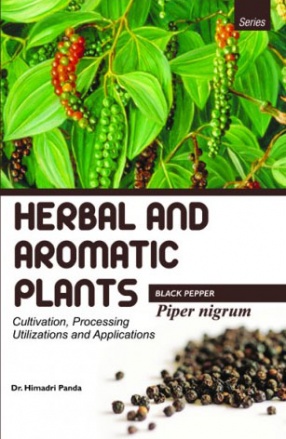
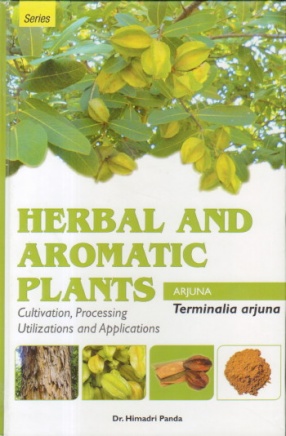
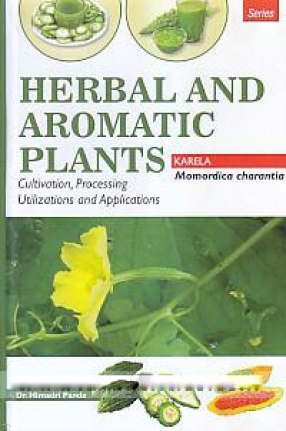
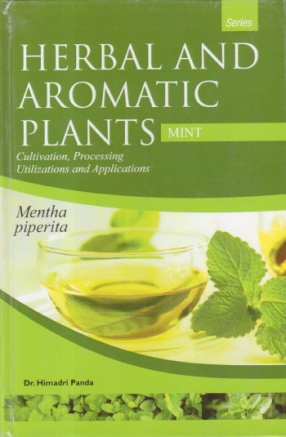
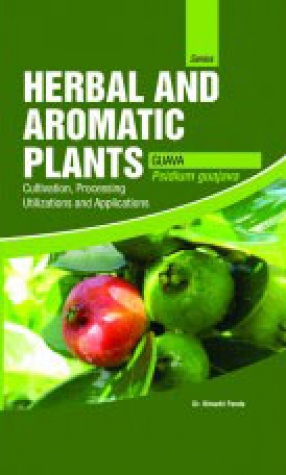

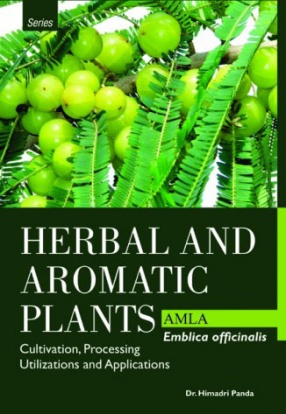


There are no reviews yet.